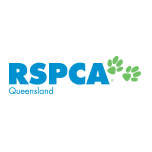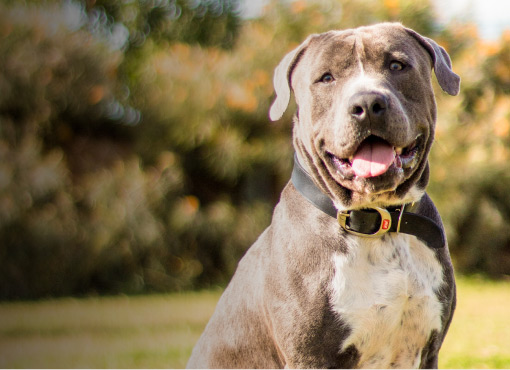Possums are our wild and furry counterparts who frolic in the trees and on the rooftops of our homes. Possums are not suitable pets, but that doesn't stop people from bonding with their unexpected residences and becoming attached.
Each year the RSPCA receives over 30,000 calls to our Animal Emergency Hotline. One of these calls was about a family of possums living on the roof of a property. Unfortunately, one of the baby possums fell down a drain pipe and got stuck. Thankfully, the property owners called the RSPCA and our Rescue Officers were able to carefully remove the baby possum and reunite him with his mummy, unscathed.
With their family back together, it is pretty safe to say that the possum family would not be going near the drainpipe again!
If you have some furry residents at your house, why not try making them a possum box to affix in a tree on your property? They might be encouraged to nest there and not in potentially dangerous spots like roofs and drain pipes. Check out our tips below on how to make your own possum box!
Please remember - it's illegal to remove or relocate any wildlife without a permit. So, alternative housing and fixing internal roof access points are the easiest solution. You can also call a professional wildlife relocator to assist in relocating wildlife from your home. But, if your roof spaces aren't fixed, you'll have a new visitor cozying up in your home in no time!
If you see a sick or injured animal, call our RSPCA Emergency Hotline on 1300 ANIMAL (1300 264 625).






